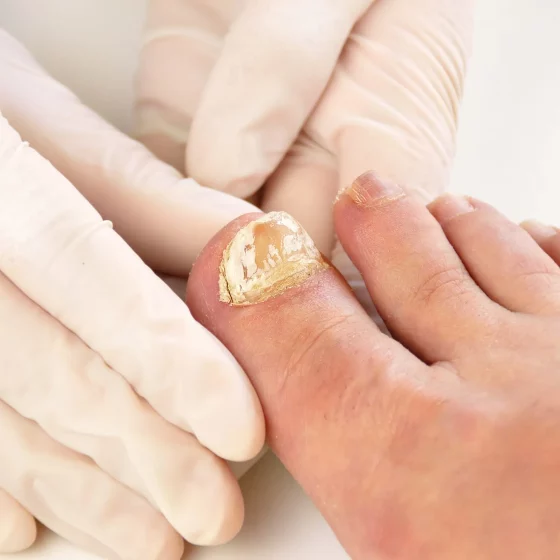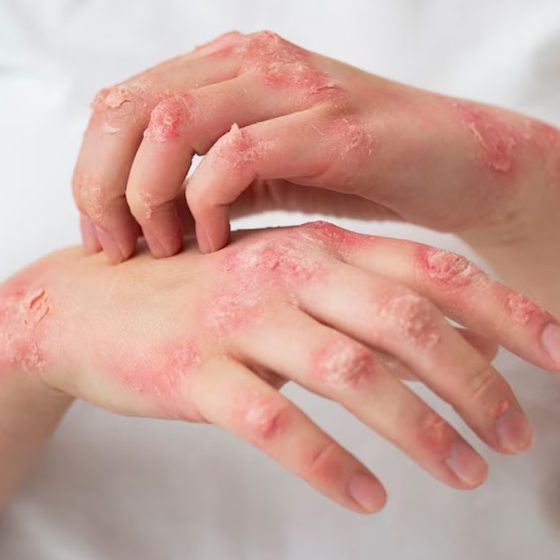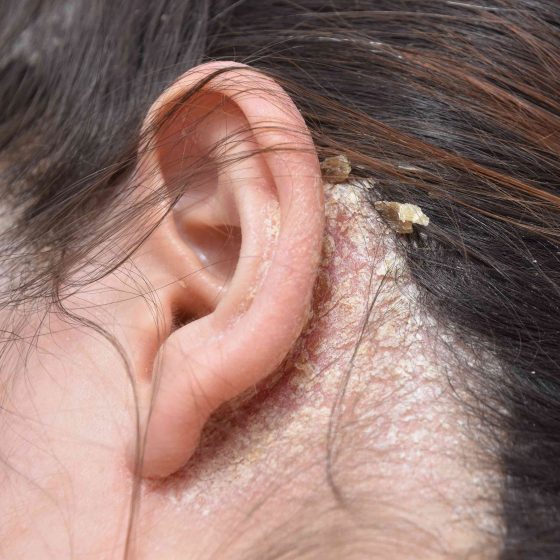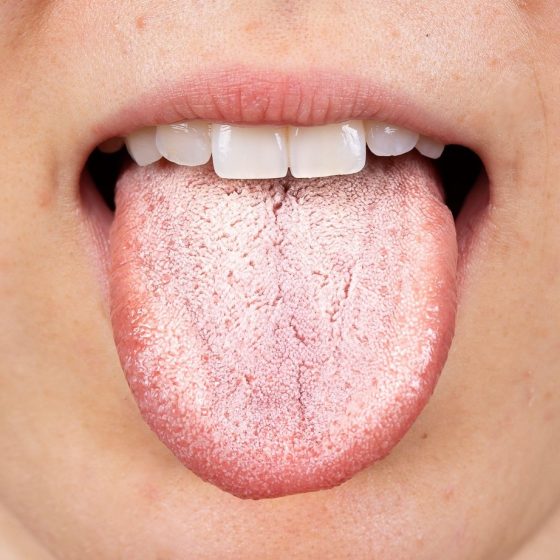Toenail infection
Key facts Toenail infections are common and are caused by a fungus, which often spreads from tinea on your foot. If your toenail is infected it may look thickened, crumbly and discoloured and the nail may be destroyed if the infection is not treated. Most toenail infections need to be treated with oral antifungal medicine for several months, as creams don’t usually work. You can prevent fungal toenail infections by keeping your feet clean and dry, wearing shoes that allow air flow and not walking barefoot in public pools and showers. Paronychia is an infection of the skin next to






